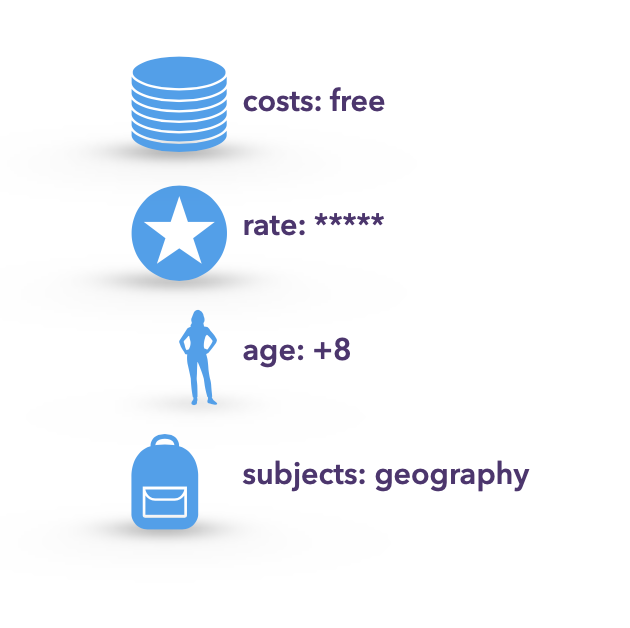This application of visual storytelling provided the perfect environment to understand the interdependence of nature and human needs. It enlivened the science classroom with beautiful sounds and a magical look. The pupils were able to work collaboratively to solve nature conservation problems, study the effects of change and find their own solutions.
Vanja Kolar Ivačic

WWF Free Rivers provides with storytelling experience a unique opportunity in the geography classroom to discover the importance that rivers can have. Through this immersive augmented reality experience, discover a river that flows through the lives of people and wildlife, and how their homes depend on those rivers.
Lesson example
With the augmented reality app WWF Free Rivers, you can take an entire landscape into your hands. Through this in-depth, interactive narrative, students can learn how wildlife, people and entire landscapes depend on healthy, flowing rivers!
It is important that the app is used in conjunction with a topic. In our case, a 4th grade class was dealing with the same topic. The river „Sotla“ is to be dammed in the region Obsotelje tin order to create a lake. in order to have another attraction for the tourist industry, among others. Knowledge and skills at higher taxonomic levels related to critical thinking are more difficult to achieve for most nine year olds because they do not actively participate in the learning process due to the greater difficulty. Appropriate motivation, the active participation of each individual and the opportunity to work collaboratively make learning more effective. This can be made possible through the meaningful use of this app. In the example of good teaching practice presented here, the pupils were able to illustrate the processes of the water cycle and the interconnectedness of natural and social phenomena in the floodplain landscape more easily and in greater depth in class. Working together, supported by questions on worksheets and augmented reality, they explored the causes and consequences of interventions in a virtual world. They increase their knowledge and updated their local landscape. They critically examined the construction of a barrage in Vonar on the Sotla River to avoid flood risks. They expressed their own views on the changes and foresaw the consequences of the different solutions.
Our aim was to use the app in such a way as to achieve a stage of change according to the SAMR model (Breznik, 2019, summarised in Puentedura, 2010). Thus, the selection and use of the app resulted in students behaving differently than they would have without the app and in them achieving a higher level of performance.
Elements of formative monitoring were integrated into the process, particularly through asking questions to support learning and working together. This allowed for a group dynamic with mutual support and learning (Breznik, 2019). Finally, the students self- assessed their work.
As you can see, the WWF Free Rivers app seems at first glance to be just another AR app that you can quickly skim through. However, on closer inspection, it can be turned into a modern teaching-learning environment that we would describe as „state of art“.
Download